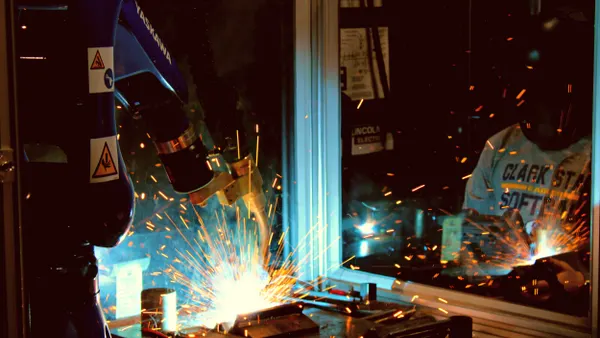Dive Brief:
- What if employers could make their employees as addicted to learning more about their industry as they are to Candy Crush? Or what if they could get them to handle routine business tasks with as much fervor as they rack up frequent flyer miles? These are the questions are posed by Dave Nevogt, co-founder of a time tracking software app for remote teams, in Huffington Post.
- That time has already arrived, he writes. Gamification is being used in corporate settings to drive more internal competition, achievement, status, altruism, community and collaboration.
- Using games, employers can see overall engagement upticks in key areas such as training, idea creation and recruiting. But it's hardly a panacea, Nevogt writes, noting that for example, it can't cure deeper organizational problems. So employers shouldn't expect gamification to magically transform their workforce.
Dive Insight:
Nevogt points to three specific ways in which gamification won't work. For one, it can create a false set of incentives by rewarding winning over other objectives. For training and corporate learning, you don't want employees who know how to ace a test but don't necessarily know what they've been taught. Designing thoughtful programs is key.
Second, gamification shouldn't exclude other methods of learning because not everyone in the same organization has an identical learning style. Some people learn best by memorization; others do so through storytelling or regular practice without any added incentives. Make gamification an option for employees in training, ideation or reaching KPIs, but don't make it mandatory, he warns.
Finally, gamification ruins motivation if it's based on money alone. Today's younger workers (aka millennials) want to be engaged in meaningful work. If you're dealing with employees who don't care because they feel as though they're only trading time and energy for money, monetizing your office gamification won't fool them.
As long as employers treat workers fairly within the context of gamification, he says, the potential for changing workplace engagement and satisfaction is limitless.












